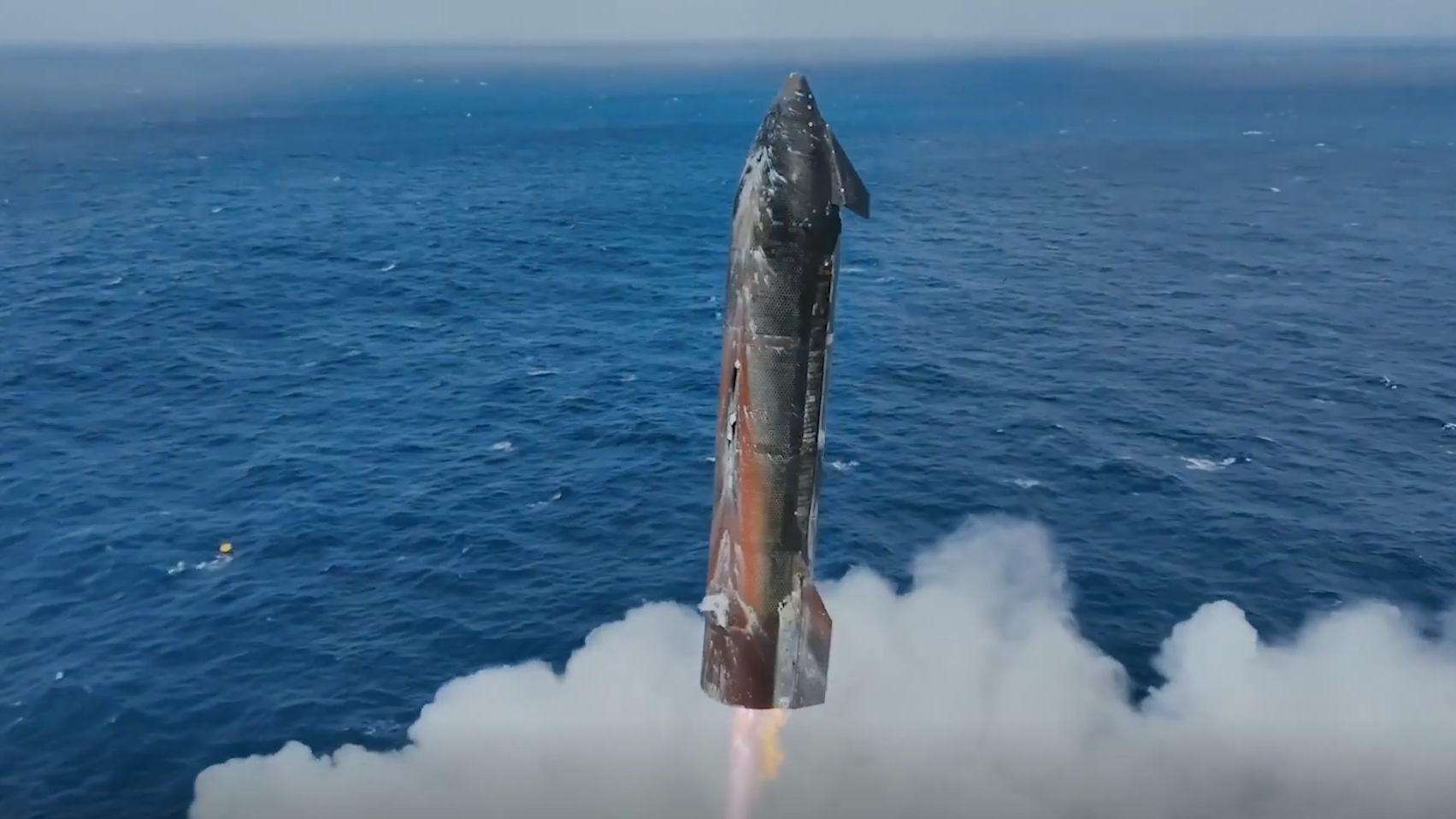From JOMO trips to “blue mind theory” vacations, there are seemingly endless trends in the travel zeitgeist these days.
Another one with a particularly fun name is “land snorkeling” ― a fresh mindset that invites travelers to explore cities and neighborhoods with the kind of curiosity and awareness they bring to floating through a coral reef.
So what exactly is land snorkeling, and how might it guide your next vacation? HuffPost asked a couple of travel experts to break down the benefits, downsides and tips for taking this approach to travel.

Artur Debat via Getty Images
What is land snorkeling?
“Land snorkeling is the idea of exploring a place slowly and intentionally, like you’re ‘snorkeling’ through a neighborhood or city,” travel blogger Esther Susag told HuffPost. “It’s that meandering, no-itinerary-needed way of discovering hidden gems, whether you’re wandering a quiet neighborhood, checking out a local market or stumbling across a tucked-away coffee shop.”
The idea is to take it slow and appreciate the space around you when you’re traveling or even when you’re in your own hometown.
“Instead of racing from one must-see to the next, you’re taking a page from the underwater playbook ― drifting, noticing, tuning in,” said Leigh Barnes, president of Americas at Intrepid Travel. “Just like floating through a reef lets you take in the colors and textures up close, land snorkeling is about appreciating the small stuff: the sound of a local conversation, the smell of street food sizzling, the way the light hits a building. It’s presence, not just sightseeing.”
What are the benefits? Any downsides?
There are many reasons to opt for this slow, immersive approach to travel and everyday life.
“What I love about it is how grounded it feels,” Susag said. “You end up discovering hole-in-the-wall bakeries, chatting with locals or stumbling into a park you never would’ve planned for. It brings back that sense of wonder that sometimes gets lost in overplanned trips.”
Barnes believes slow travel trends like land snorkeling are better for the planet and for you.
“Whether it’s jumping on a scenic train, joining a walking tour with a local guide, or staying in a homestay that gives back to the community ― you get more out of your travels when you go deeper, not faster,” he said. “It helps ease burnout, brings you back to the moment, and supports the people and places you visit.”
He added that slowing down helps you reconnect with yourself, others and the earth.
“The only downside is that it’s not always the most time-efficient way to see a city, especially if you’re on a tight schedule,” Susag noted. “But if you’ve got a few days and want to feel a place rather than just visit it, it’s amazing.”
What’s the best way to try out land snorkeling on your next trip?
Sold on the idea of land snorkeling but don’t know where to begin? Just start simple.
“When you arrive somewhere new, walk instead of jumping in a car,” Barnes advised. “Ditch the big bucket-list blitz and choose a few experiences that really matter. And give yourself permission to wander ― without a plan, without your phone, and without rushing.”
He noted that you can even start with a small group tour and let a guide handle the logistics of your day so that you can stay present and curious.
“If you want to give land snorkeling a try, pick a neighborhood, leave your phone in your pocket and just start walking,” Susag said. “Walk with no real goal, chat with locals, follow your curiosity and don’t be afraid to take a few wrong turns.”
You don’t have to commit to a full land-snorkeling vacation, either.
“Some of the best memories come from the unexpected detours,” Susag said. “Even if you just try it for one or two days of your trip, it could be a fun way to have the best of both worlds and discover places you never would have seen before.”
